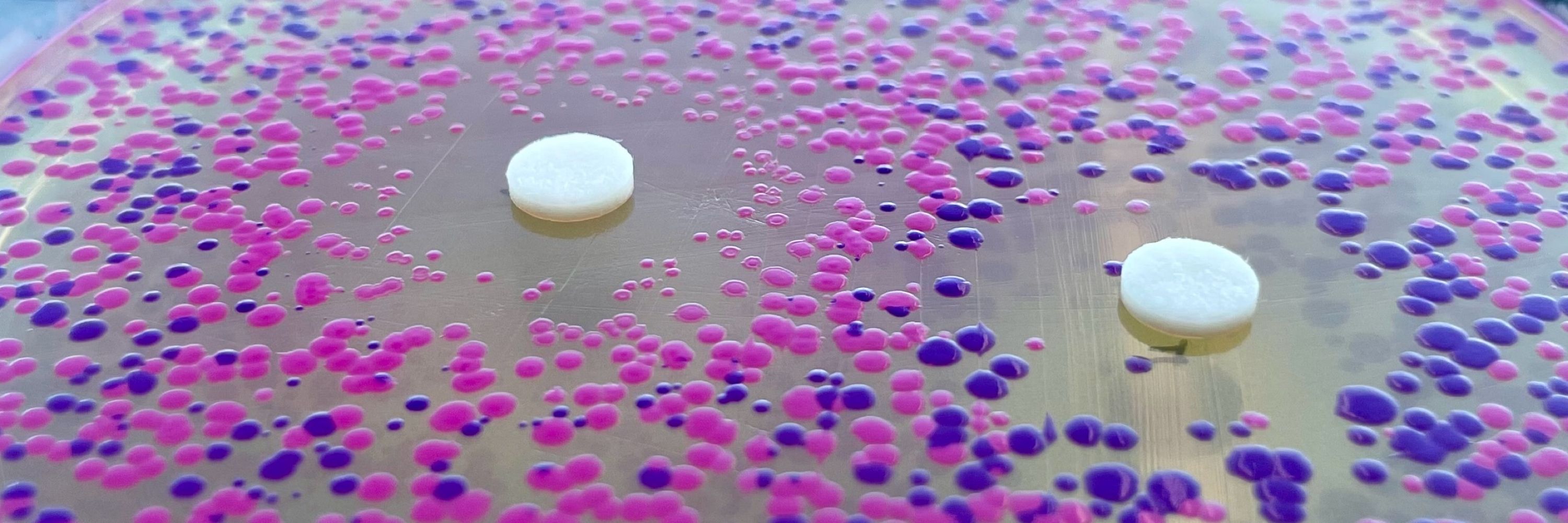
https://mitchell-lab.umassmed.edu
https://www.science.org/doi/10.1126/science.adk7368
www.nature.com/articles/s41...
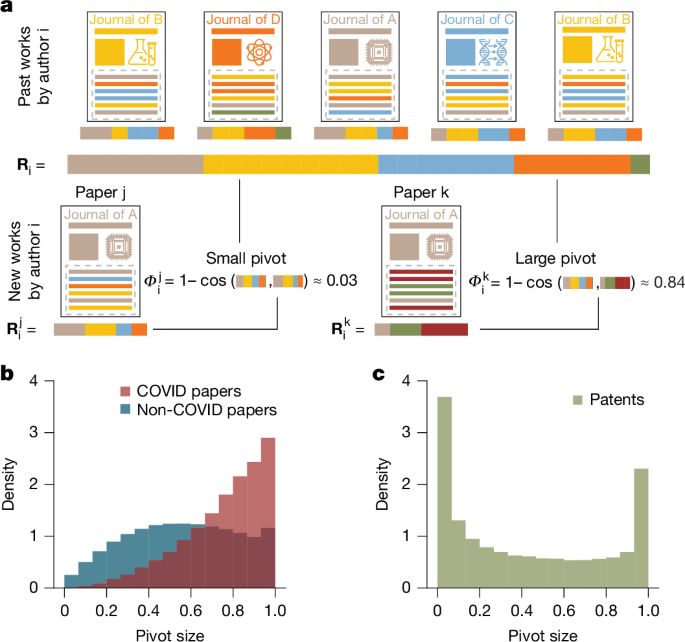
www.nature.com/articles/s41...
youtu.be/Wa0zd-TRCO8?...
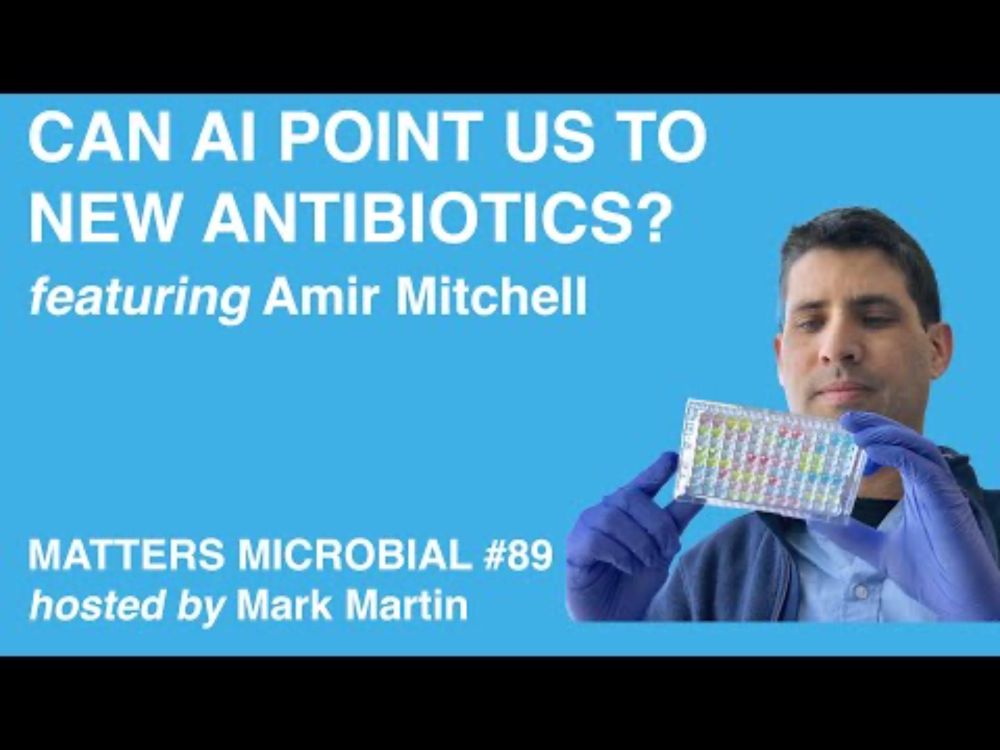
youtu.be/Wa0zd-TRCO8?...
I think Alex should write more because he's really, really great at it.
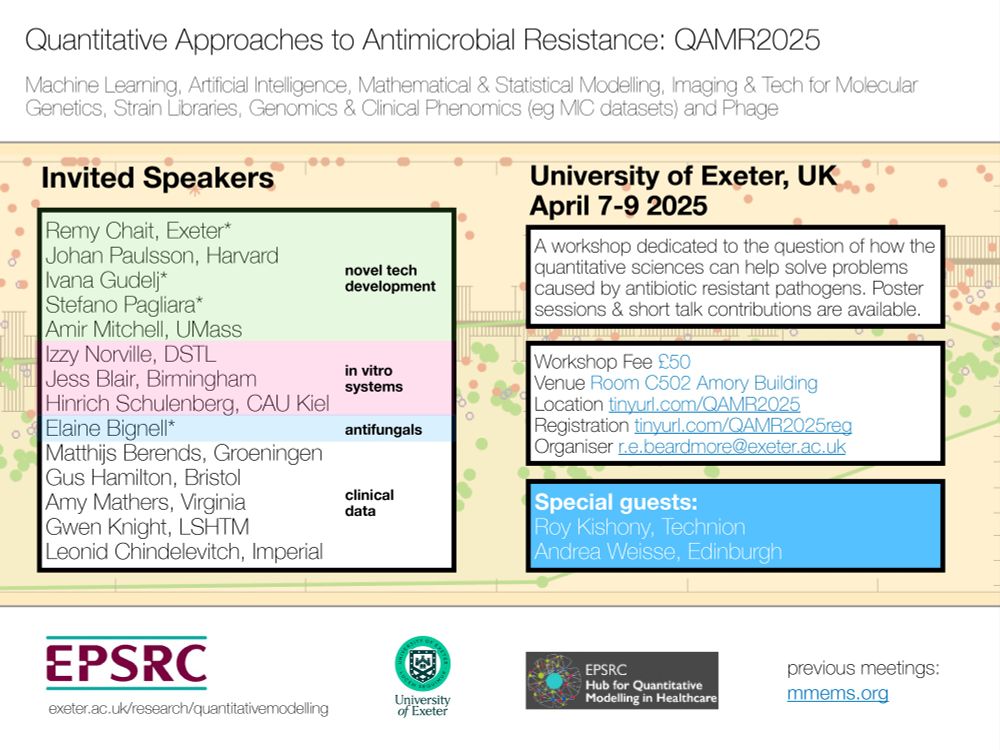
When you turn off transcription, cells die (duh!)... but did you know this happens due to loss of Pol II itself, not loss of Pol II activity!?!
preprint here and a thread (1/n): www.biorxiv.org/content/10.1...
🧪
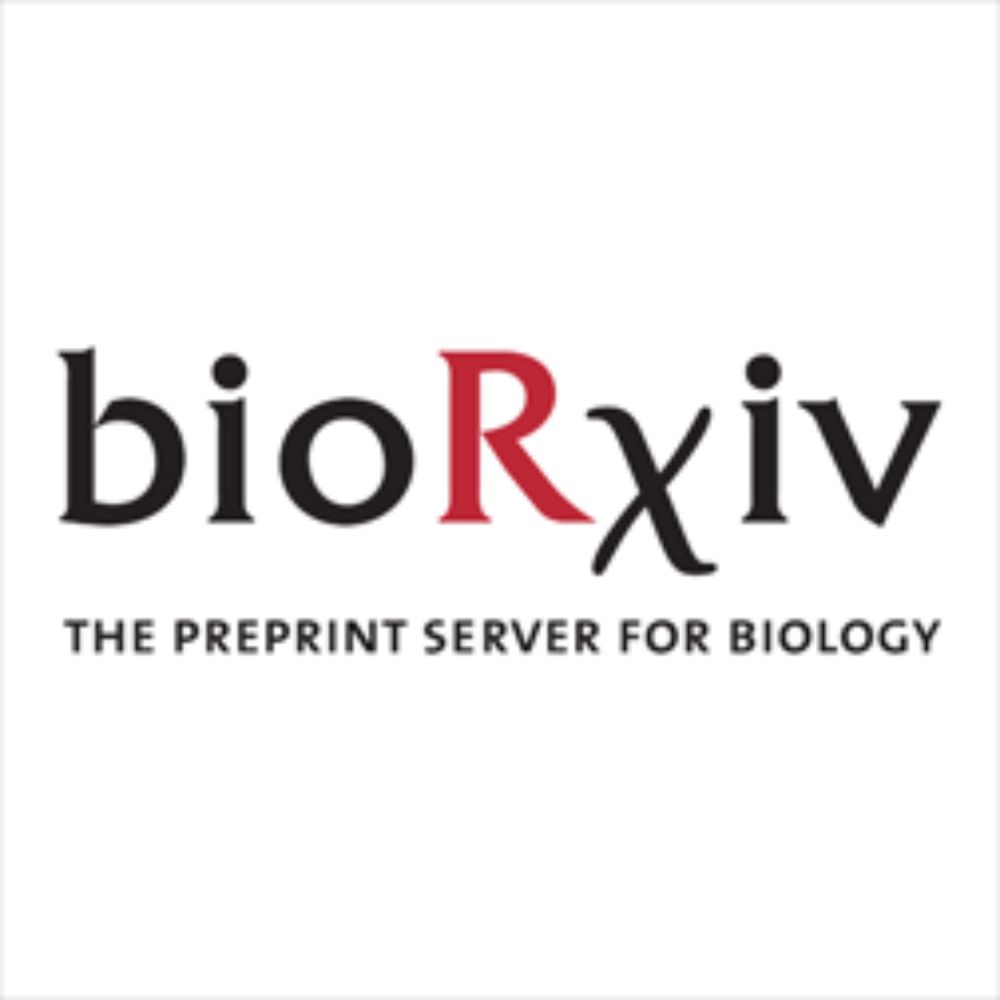
www.youtube.com/playlist?lis...
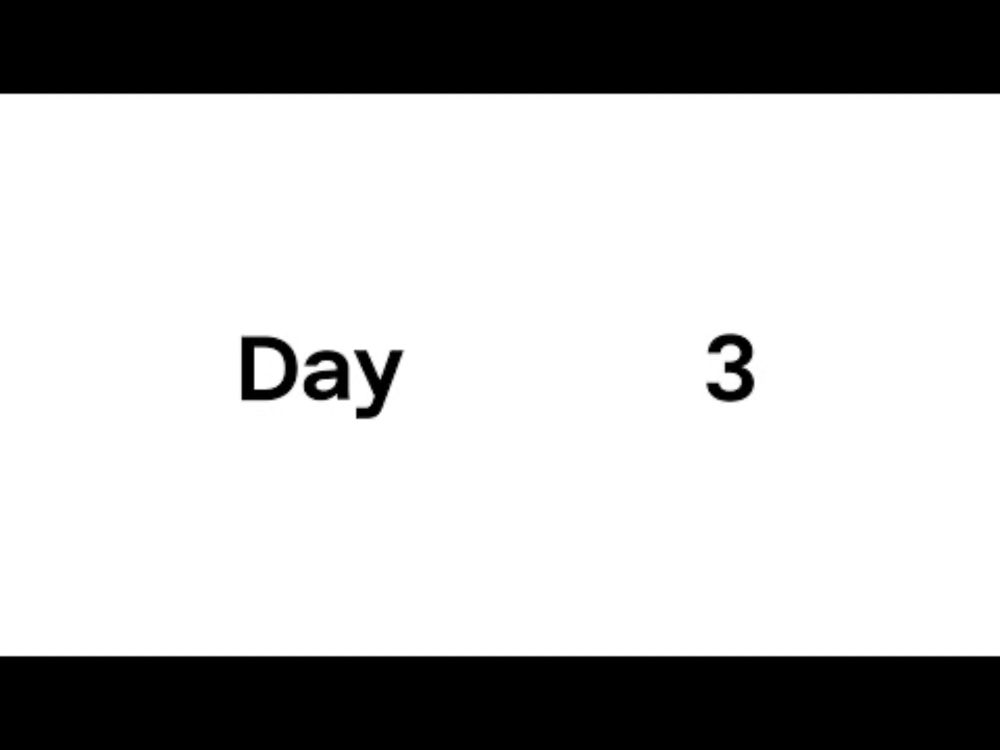
www.youtube.com/playlist?lis...
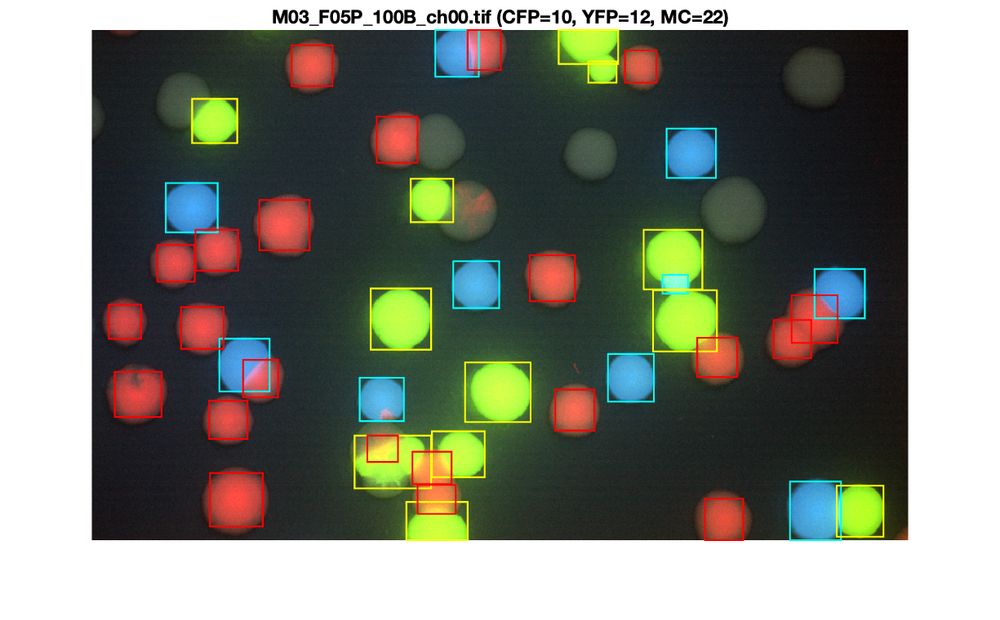
journals.asm.org/doi/10.1128/...
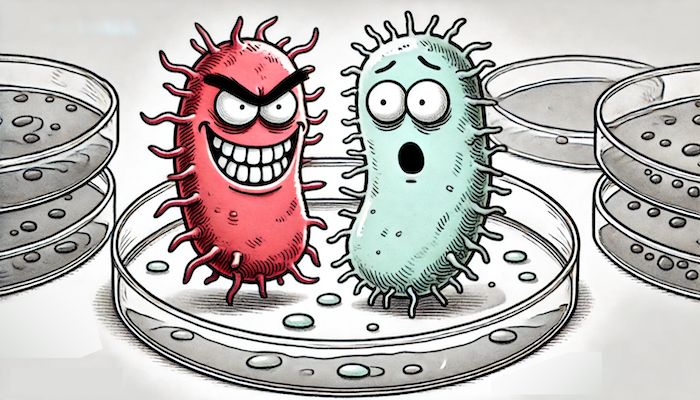
journals.asm.org/doi/10.1128/...
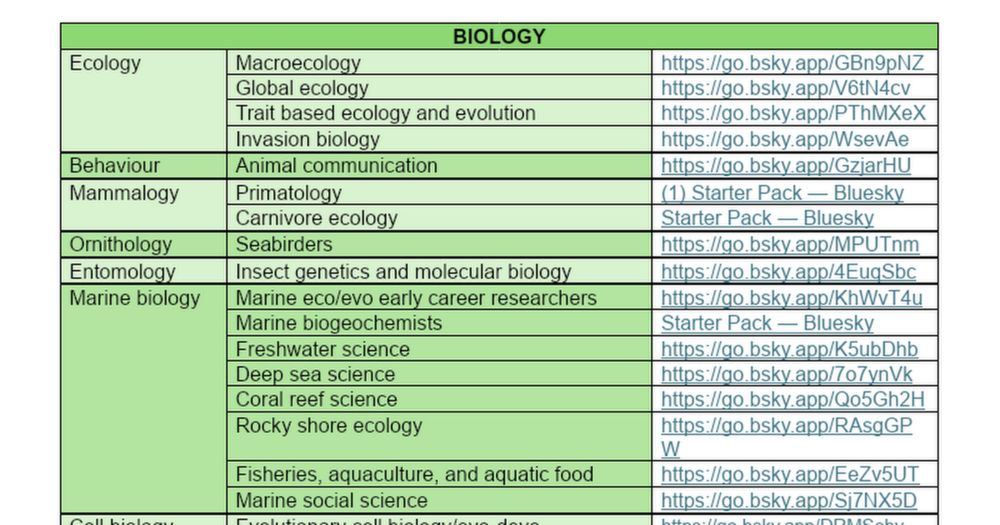
What is this all about?
We collectively churn out more & more papers *per scientist*, an increasing pace, in a rapidly changing publication landscape.
Why? How? Want to make sense of this? 🧵
www.economist.com/science-and-...

https://genome.cshlp.org/content/34/8/1154.full

https://genome.cshlp.org/content/34/8/1154.full





https://www.biorxiv.org/content/10.1101/2024.05.21.595064v1
https://www.biorxiv.org/content/10.1101/2024.05.21.595064v1
https://www.grc.org/drug-resistance-conference/2024/

https://www.grc.org/drug-resistance-conference/2024/
https://www.biorxiv.org/content/10.1101/2024.05.03.592148v1
https://www.biorxiv.org/content/10.1101/2024.05.03.592148v1

